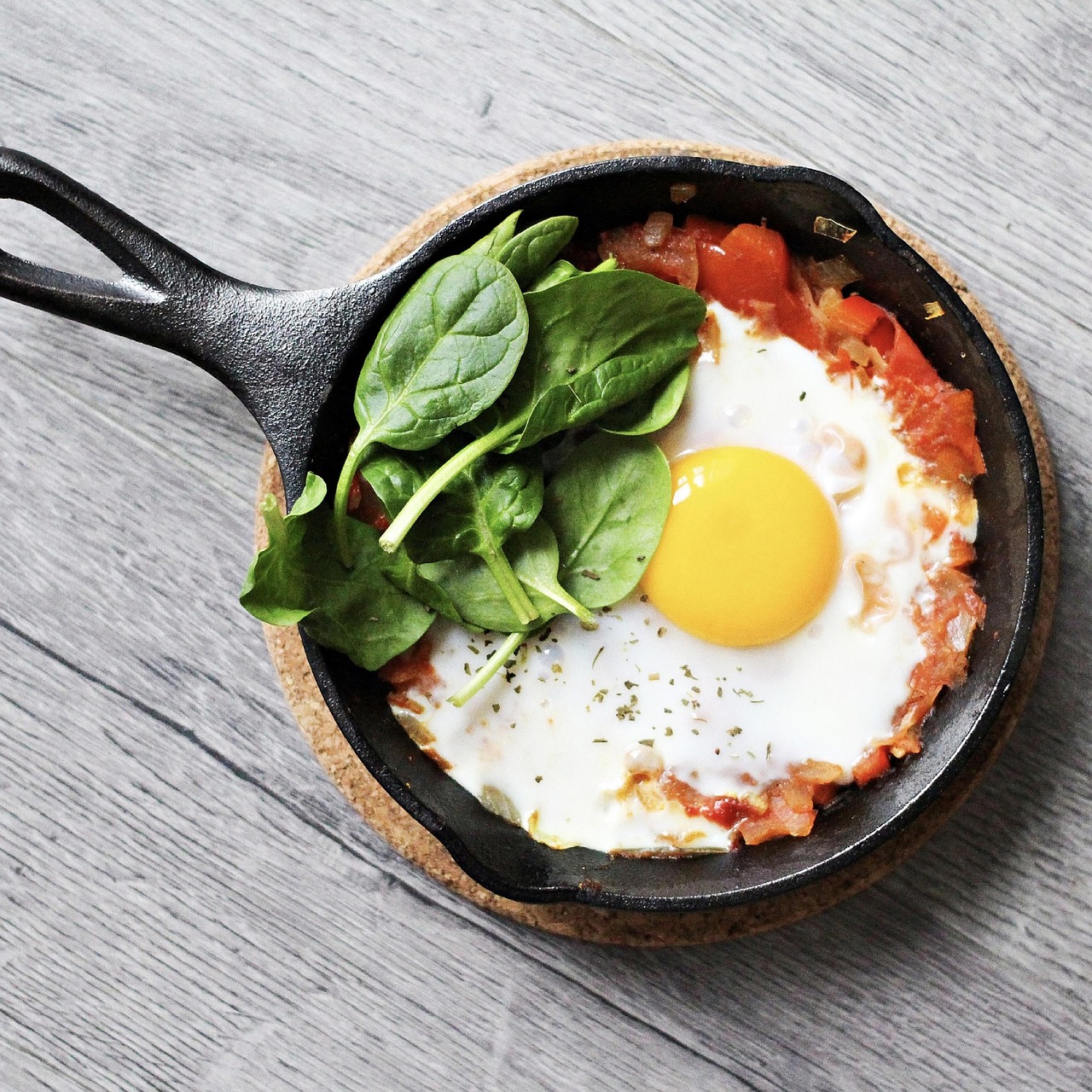We’ve all felt it—the sudden pull toward chocolate, chips, or something sweet when stress hits. These cravings aren’t just about willpower; they’re deeply tied to the way our hormones and blood sugar interact. At the center of this story sits cortisol, often called the “stress hormone,” and its influence on blood sugar regulation and food choices.
Cortisol and Blood Sugar: The Stress Connection
When stress spikes, cortisol is released. One of its key jobs is to increase blood sugar so your body has quick energy to deal with a “threat.” This was useful when threats were saber-toothed tigers, but today the “threat” might just be an inbox full of emails or a tough conversation.
The problem? Elevated cortisol paired with modern diets often leads to:
- Blood sugar swings – sharp rises followed by steep crashes.
- Cravings for quick fuel – sugary, carb-heavy foods that give a temporary lift.
- Comfort eating – soothing stress with dopamine hits from high-carb foods.
This creates a cycle: stress → cortisol rise → blood sugar spike → cravings → comfort eating → crash → more stress.
Why Carnivore and Keto Can Help
Both keto and carnivore diets shift the body away from dependence on sugar for fuel and stabilize blood sugar.
- Stable Energy: By relying on fat and ketones rather than glucose, you avoid the rollercoaster highs and lows that trigger cravings.
- Cortisol Regulation: Without constant blood sugar crashes, the body experiences fewer cortisol spikes. Stress still happens—but your blood sugar doesn’t go on a wild ride every time.
- Satiety and Comfort: High protein and fat meals on carnivore or keto naturally reduce hunger and quiet cravings, giving a sense of “comfort” without the crash.
Reframing Comfort Food
On these diets, comfort doesn’t come from sugar highs. Instead, it comes from:
- Rich, satisfying meals like a ribeye steak with butter or eggs cooked in ghee.
- Nutrient density that feeds the body deeply, reducing hidden drivers of cravings.
- Emotional stability from balanced blood sugar, which makes “stress snacking” less likely.
Over time, comfort shifts from being tied to processed carbs toward a grounded, calm energy that lasts for hours.
Practical Tips
- Prioritize protein and fat at meals to keep cortisol and blood sugar steady.
- Break the snack cycle—eat until satisfied to avoid stress-driven grazing.
- Mind the mindset—notice when cravings are about stress, and replace “sugar comfort” with nourishing meals, deep breathing, or even a quick walk.
Final Thought:
Cravings aren’t moral failings—they’re signals. By understanding cortisol’s role in the stress-blood sugar loop, and by embracing stabilizing approaches like carnivore or keto, you can step off the cycle of crash-and-crave and find true comfort in real nourishment.
All the best,
Patti
